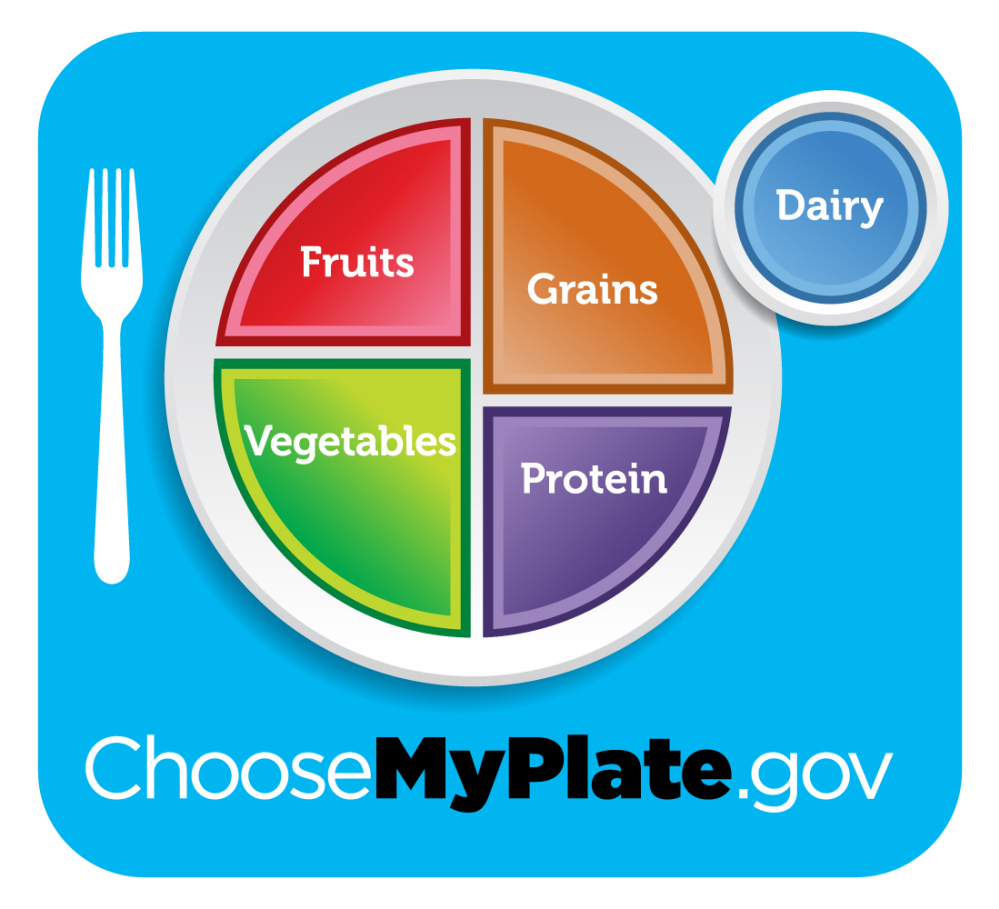by Alva Noë NPR
We use words and pictures to communicate. And communication comes in different shapes and sizes. Case in point: consider the very different ways the FDA and USDA have responded to the challenge of influencing the public’s attitude to smoking, on the one hand, and diet, on the other.
The USDA designed a representation of the optimal distribution of food groups in a healthful diet. The design is forcible and clear. It usefully informs the public of principles of smart eating; in this way it serves an important social goal and does so in a way that shows respect for the public at large.
The FDA’s new anti-smoking package art, in contrast, eschews information in favor of manipulation. It chooses fear as its means. The FDA seeks to cause the population to be afraid of smoking instead of convincing them that they shouldn’t smoke.

You might think smoking is an unmitigated evil, and that would-be smokers are pawns at the hands of Big Tobacco and advertising companies. All the government can do to counter the forces arrayed against an innocent public is to further manipulate them by sending out horrible images of the fates that await the smoker.
Eating, in contrast, is one of life’s necessities; people need to eat; they don’t need to smoke; so they need to be informed how to eat well.
I see it differently. People need to live. And they need to live well.
This means, among other things, taking pleasure where pleasure is to be had, and making choices in the face of what life offers you. Smoking cigarettes isn’t necessary for survival, yes. But cigarettes, for many, are a source of pleasure, and so, a source of value. And the fact is that this pleasure won’t necessarily kill them.
It won’t? Not according to current knowledge. Smoking cigarettes harms the body, making it more likely that a person will get lung cancer, heart disease and other deadly conditions. This doesn’t entail that cigarette smokers will die as a result of smoking.
According to the American Cancer Society, one half of smokers who continue to smoke will die from a smoking-related disease. Those are not good odds; smoking is very dangerous. But still, it is no sure thing that a smoker will die of a smoking-related illness. And it may well be that smoking enhances the life of someone who has taken up the habit.
My point is not to deny the gravity of the dangers presented by smoking — or other behaviors which, when exercised to excess, can be deadly, such as eating junk food or driving fast. And I am not callous to the pain surrounding these issues. I’ve had friends die of lung cancer, heroin overdose and AIDS. But smoking is not a form of suicide. Nor is it a form of Russian Roulette. It has more in common with bad dietary habits than it does with either of the former.
Will the FDA’s scare tactics get people to stop smoking cigarettes? I doubt it.
Recent studies have shown that the disparity in life expectancy among rich and poor in the United States is growing. Why is this? Well, no one knows for sure, and there are undoubtedly many contributing factors.
One important factor must be that poorer Americans have less support in finding ways to balance smart choices with reasonable indulgences, less care to help them cope with consequences of bad decisions and bad luck, and less information about the real benefits and dangers of their choices.
The USDA’s new visual tool is designed to address basic information needs such as these directly: it gives people who may lack resources clear guidance on how to think about eating well. It offers a tool for eating well.
But not so the FDA’s strategy, which simply furthers more of the same: it encourages people to act on impulse, impulses of fear, if not impulses of desire.
Smoking kills. Of course! But not by itself. The FDA’s new image-propaganda won’t serve its purpose in the long run. The USDA’s new diagram will.

